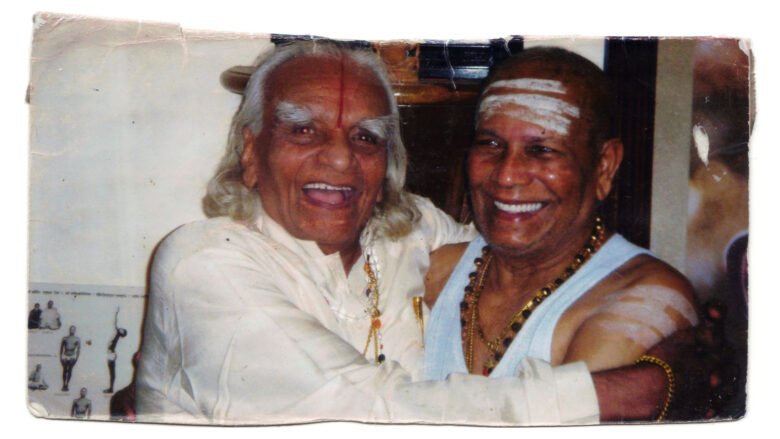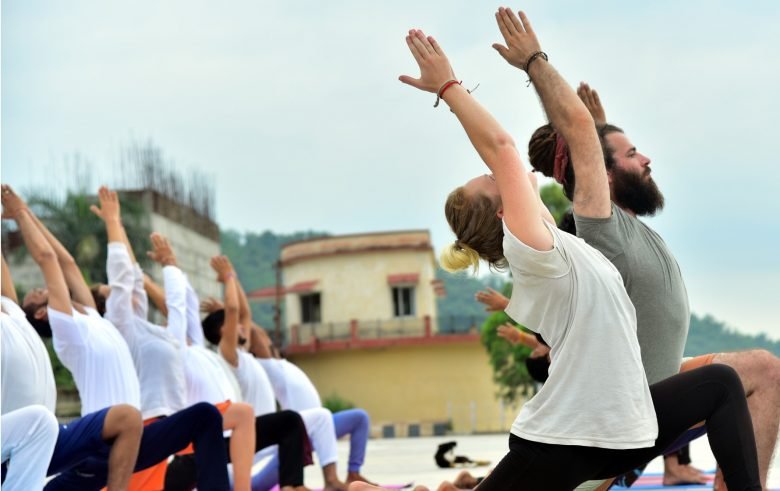Ashtanga practice is traditionally begun with the recitation of the mantra. What we call the Ashtanga Mantra is really two shlokas (verses) from different sources. The first is a verse from the “Yoga Taravali” by Sri Shankaracharya (one of the most important saints of India, a yoga master and proponent of Advaita Vedanta, a non-dualist …
The following limbs as prescribed by Patanjali the first five are called external aids to Yoga (bahiranga sadhana) 1-Yama: Refers to the five abstentions: how we relate to the external world. (the five vows of Jainism are identical to these)Ahimsa- non-violence, inflicting no injury or harm to others or even to one’s own self, it …
There’s a lot to learn about the human body and it’s easy to get overwhelmed. As a yoga teacher, it’s helpful to remember that the biggest reason to discuss anatomy is to facilitate healthy practice and help students understand what’s going on in the body.If you’re not sure where to start, here are some key …
The celebration is marked by ritualistic respect to the Guru, Guru Puja. The Guru Principle is said to be a thousand times more active on the day of Guru Purnima than on any other day. The word Guru is derived from two words, gu and ru. The Sanskrit root gu means darkness or ignorance, and …
A set of different postures and asana such as downward dog, warrior series or sun salutations is known as Yoga. Moreover, Yoga is not done only for gaining flexibility but it is also an optimum way to achieve strength, balance, and endurance of the entire body. It is an ancient method of healing, empowering, calming, …




